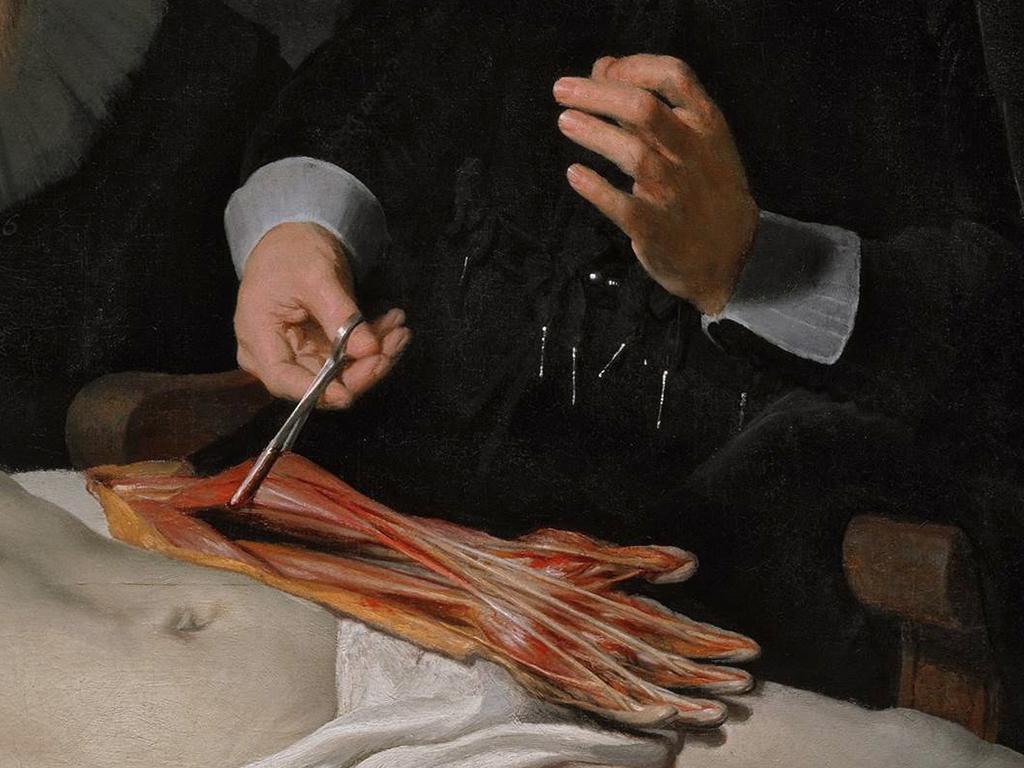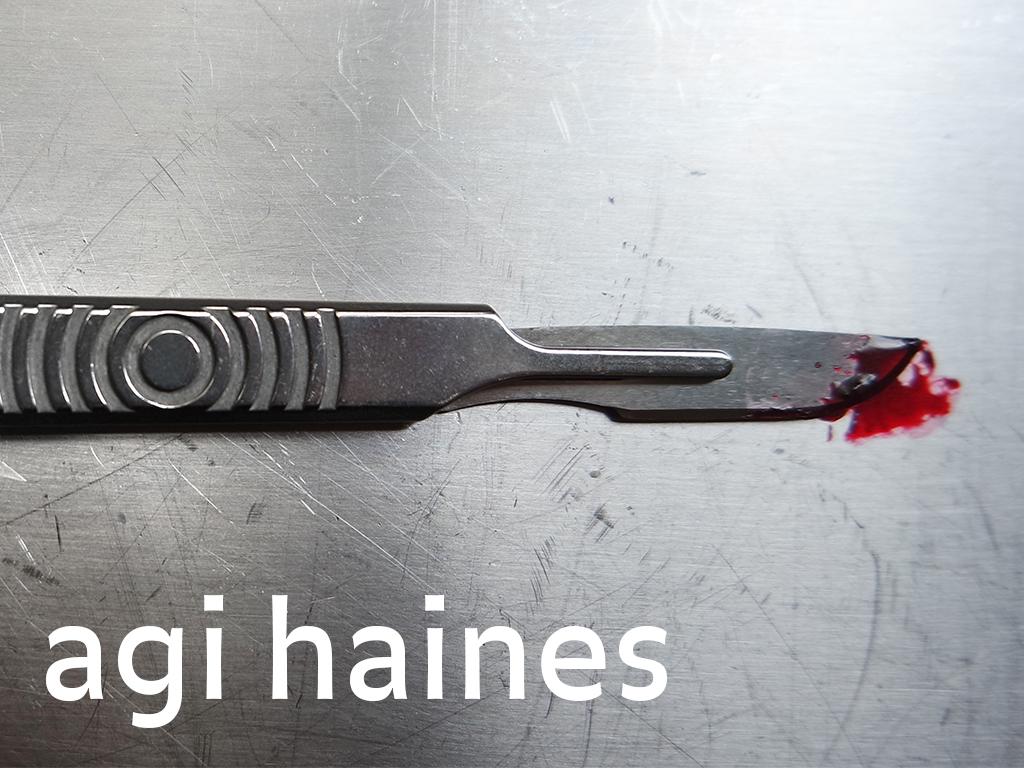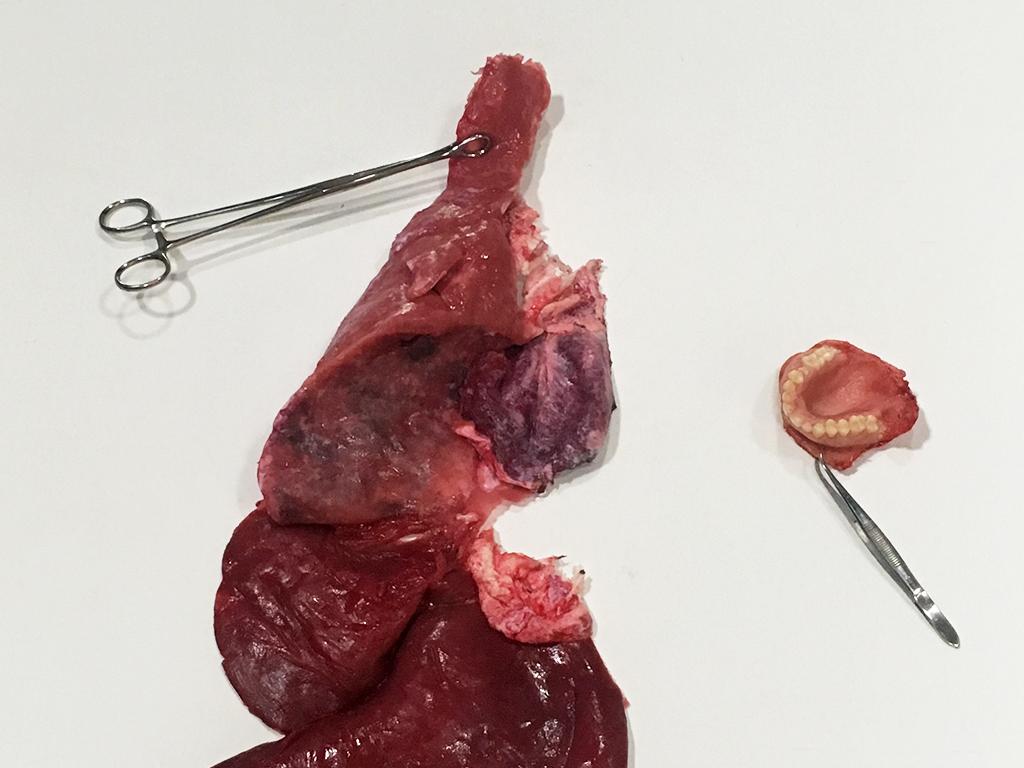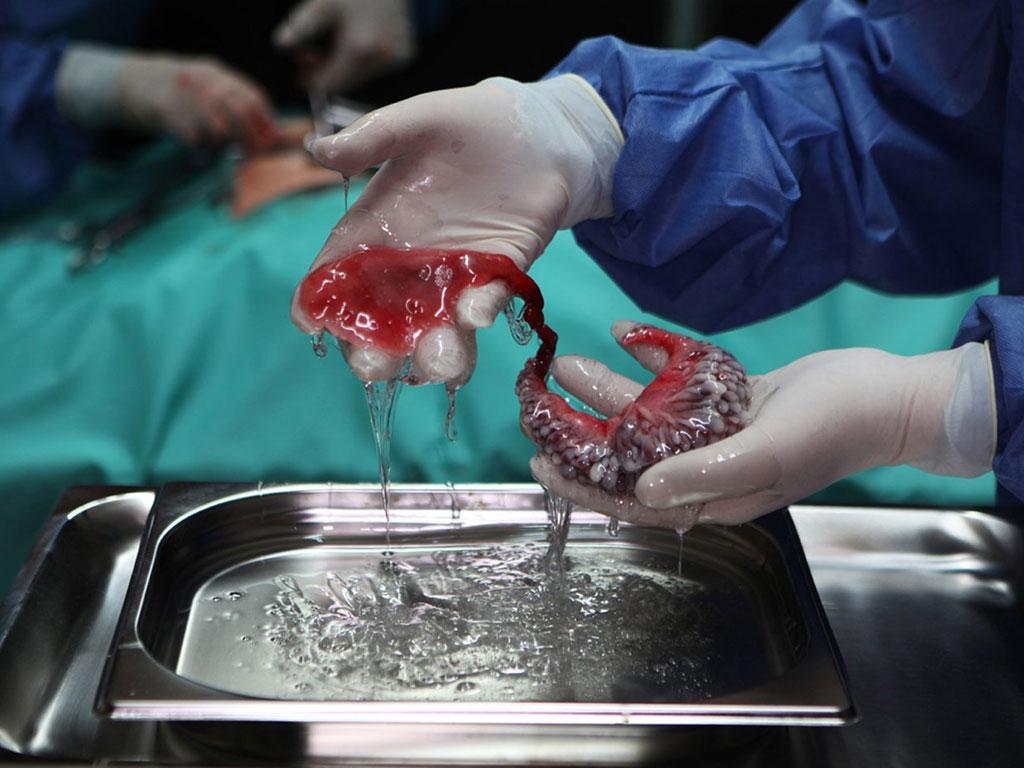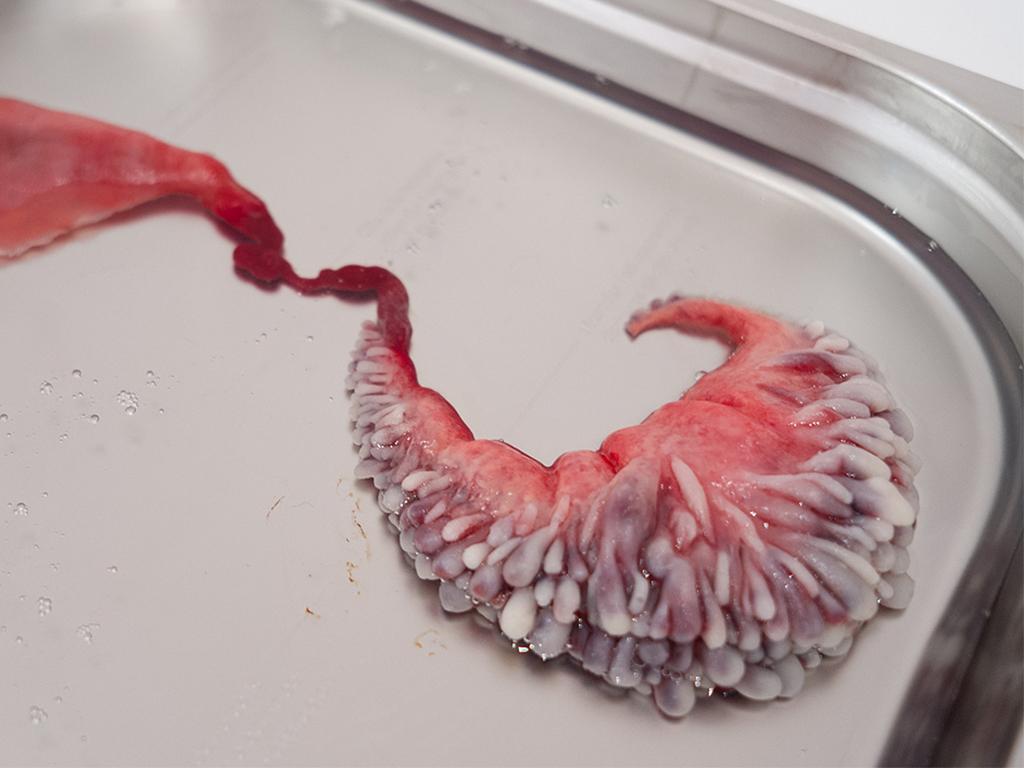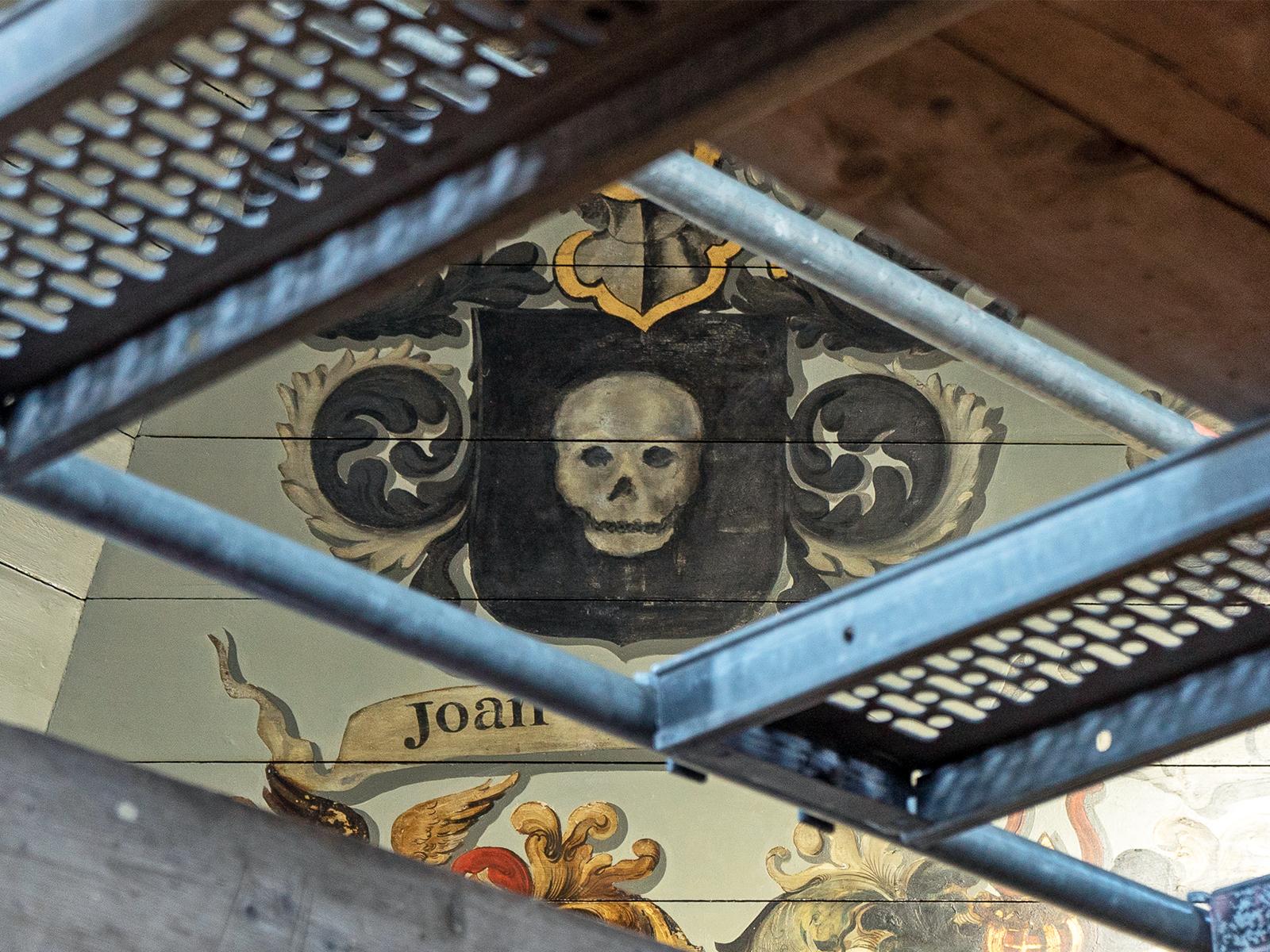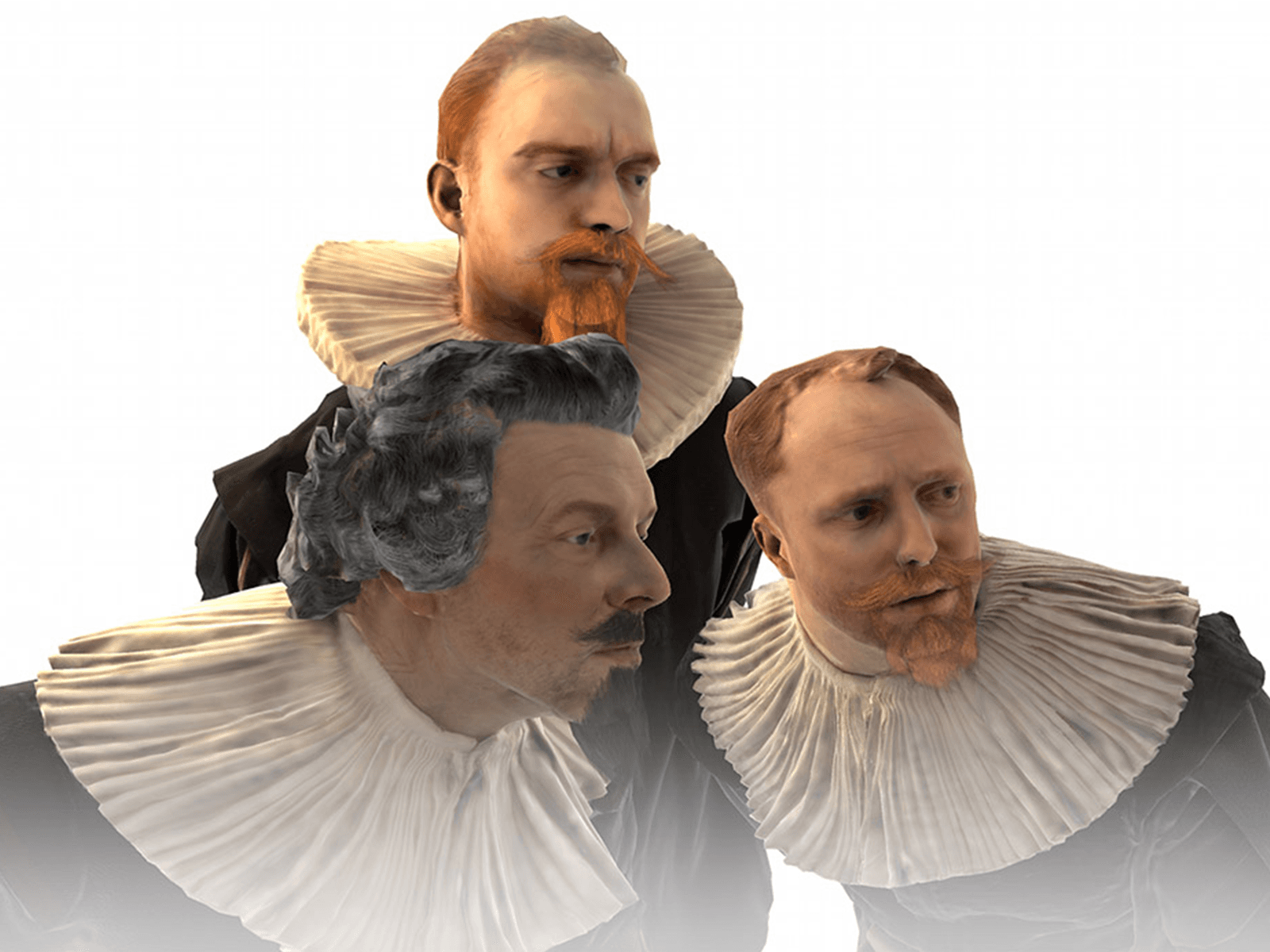During the weekend of 24-25 September you are welcome to visit the interactive exhibition 'The anatomy lesson: dissecting medical futures’ in the historical Theatre Anatomicum. In this exhibition the anatomy lesson of the future will be explored with the sculptures by artist Agi Haines. A special artist talk will take place on Saturday evening to discuss medical futures.
Human Anatomy - the Theatre Anatomicum
At the summit of the historic Waag building is a room with momentous historical significance for innovative and novel research into human anatomy—the Theatre Anatomicum. As a place designed for cutting up cadavers, the theatre grew into an iconic site where some of the most notorious and emblematic representations of biomedical sciences were conceived, such as Rembrandt’s ‘The Anatomy Lesson of Dr. Nicolaes Tulp.’ Dissection became paramount in our representation and understanding of the human body, but how might it play a role the future of medical representation?
Exhibition on the futuristic anatomy lesson
To find out, we welcome you to join us for a quasi-simulation of future medicine. During the event, audience members will participate in a futuristic anatomy lesson as they interact with sculptures by artist Agi Haines. Haines’ work focuses on the implications of technology and their impact on the human form. Through the production of realistic sculptures, her works elaborate on the needs and desires behind human enhancement, modification, and alteration by looking at how the scientific research endorsing these possibilities are disseminated.
This interactive exhibition will be a visceral voyage into the moist and slimy (yet surprisingly speculative) side of simulation. Each sculpture in the exhibit highlights a different area of biotechnology (from transparent skin to nano-bot accumulation) that may change how we interact with the human body. The audience will dissect and probe the sculptures to determine the positive and negative effects of technological innovation.
Speculating on medical futures?
On Saturday evening, in a special panel discussion, we will debate the worth of speculating medical futures. Could the tactility of dissection aid discussion and criticism regarding these medical futures? And can the simulation of future disorders perhaps even pre-empt issues within healthcare?
Entrance is free. Please register for the artist panel only via the registration form below.
During the exhibition, you are free to walk in at any time within opening hours.
Opening hours
- 24 September 11:00 till 19:30
with artist talk from 17:00 till 18:30 and drinks to follow afterwards - 25 September 11:00 till 17:00
Programme
During artist talk the following experts from the field will contribute to the discussion:
- Agi Haines.
- Laurens de Rooy, curator-director of museum Vrolik: the anatomical museum of the University of Amsterdam.
- Michael Punt, Professor of Art and Technology at the University of Plymouth.
- Marleen Stikker, director of Waag.
- Patricia Pisters, professor of film at the University of Amsterdam and director of the Amsterdam School of Cultural Analysis (ASCA).
- Thought Collider, an experimental, critical art/design research practice based in Amsterdam, comprising the work of Mike Thompson and Susana Cámara Leret.
About Agi Haines
Agi Haines is an artist, designer and researcher whose focus is the human body as a fabric for design. Her work mainly centers around the impact of biomedical and healthcare technologies on the future human form. She is artist-in-residence at Waag in 2016.
After completing her masters in the Design Interactions department at the Royal College of Art, she now exhibits, talks, and teaches internationally whilst also studying for a PhD within an interdisciplinary research group called CogNovo. Working amongst various artists and scientists exploring creativity and cognition. Within this group she researches how design may raise worthy questions regarding the dissemination and representation of scientific research. Questioning particularly how our morbid curiosity for the viscera of life might affect the future of design—not only for the environment, but also for us as the sentient sacks of flesh within it.
